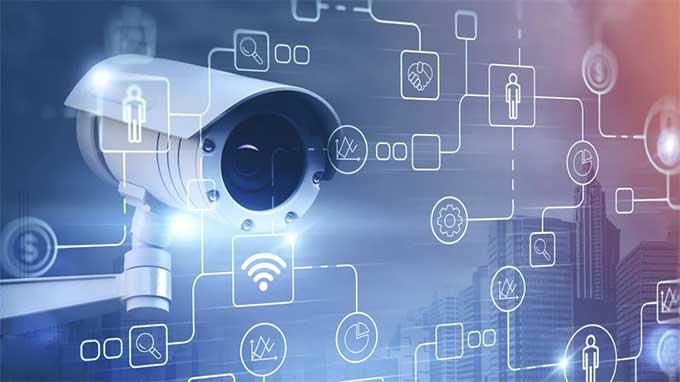According to the latest information from Marketsandmarkets, the global AI camera market is expected to be valued at USD 7.6 billion in 2023 and is projected to reach USD 22.1 billion by 2028; it is expected to grow at a CAGR of 23.9% from 2023 to 2028. The convergence of AI technology, decreasing costs, and a wide range of practical applications have fueled the growth of the AI camera market.
The growth of processor offerings in the AI camera market is driven by several key factors that emphasise the critical role of high-performance processors in enabling advanced AI capabilities and real-time processing. AI-powered cameras perform increasingly complex tasks like object detection, facial recognition, natural language processing, and scene analysis. These tasks require powerful processors capable of handling the computational workload efficiently.
Natural Language Processing an important factor
The integration of NLP technology into AI cameras enhances their functionality, accessibility, and usability across various industries and applications. Using natural language, NLP technology enables AI cameras to understand and respond to human commands and queries. This enhances user-friendliness and accessibility, allowing users to control and customise camera functions more intuitively. NLP technology allows AI cameras to personalise interactions based on user preferences and behaviour. This can include tailoring recommendations, settings, and responses to individual users.
Security & surveillance end-users to hold the highest market share
The analysts suggest that the growth of the AI camera market for security and surveillance is driven by the increasing need for advanced security solutions, the growing complexity of security threats, and the potential for AI technology to significantly improve the effectiveness of surveillance systems. AI-powered cameras can detect and identify security threats, such as intruders, unauthorised access, and suspicious behaviour, with high accuracy. This capability enhances proactive security measures. AI technology enables video analytics for in-depth analysis of surveillance footage. This includes facial recognition, object detection, license plate recognition, and even behavioural analysis, improving the effectiveness of security systems.
Public demand for AI in CCTV
The need for heightened security measures in public and private spaces has driven the adoption of CCTV AI cameras. These cameras offer advanced threat detection, facial recognition, and real-time alerts, enhancing security capabilities. Many organisations can easily integrate AI-powered CCTV cameras into their existing surveillance systems, enhancing capabilities without significant infrastructure changes. The growth of the CCTV AI camera market is driven by the critical role these cameras play in improving security, reducing crime, and providing valuable data for decision-making. The development and testing of autonomous vehicles in North America rely on AI cameras for object detection, lane tracking, and obstacle avoidance, contributing to the growth of the automotive AI camera market.
Geographical factors
The need for advanced security and surveillance solutions is a significant driver of the AI camera market in North America. Businesses, government agencies, and residential users are investing in AI cameras to enhance security, deter crime, and monitor properties. North American cities and municipalities are investing in smart city initiatives that incorporate AI cameras for traffic management, public safety, environmental monitoring, and urban planning. Retailers in North America use AI cameras to prevent theft and fraud by identifying shoplifting incidents and monitoring suspicious activities in real time.
Key players
The AI camera market market includes major Tier I and II players like Sony Group Corporation, Panasonic Corporation, Hangzhou Hikvision Digital Technology Co., Ltd, Samsung, Axis Communications and others. These players have a strong market presence for AI cameras across various countries in North America, Europe, Asia Pacific, and the rest of the world.
Source: SECURITY WORLD MARKET


